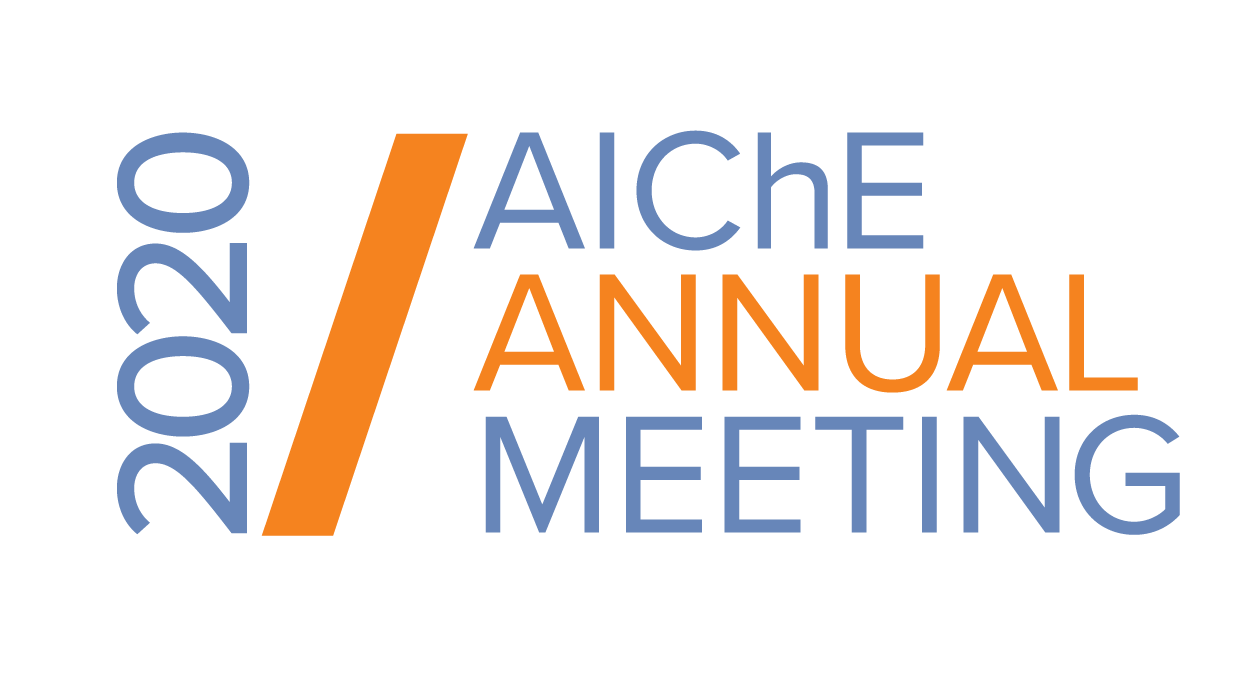

Traumatic brain injury (TBI) is the leading cause of morbidity and mortality in those under 44, yet there is no therapy that has improved outcomes in a large, multicenter Phase III trial. Adequate target engagement has been a major difficulty in novel treatment development, which reflects poor delivery into the brain. Multifunctional nanoparticles (NPs) offer the ability to simultaneously target affected tissue, track delivery in situ through imaging, and deliver treatments. With the goal of reducing the spread of secondary injury, we have developed oxygen reactive polymer, core crosslinked NPs that can promote accumulation and retention in a TBI, bind and inactivate reactive oxygen species in the thioether core, and be tracked through magnetic resonance imaging (MRI). In this work, we identify NP properties that promote accumulation and retention within and around injured brain and better understand a mechanism of therapeutic efficacy using a controlled cortical impact (CCI) mouse model of TBI. NP accumulation and retention kinetics were imaged using dynamic contrast enhanced MRI to determine the volume transfer coefficient, Ktrans, through a variable flip angle method combined with diffusion MRI to assess tissue characteristics. Therapeutic efficacy of the NPs was determined though confocal imaging to observe neurodegeneration and neuroinflammation and using the Morris water maze to assess spatial learning and memory. NPs of various sizes and surface charges rapidly accumulated in the injury within 1 hr post-injury, negatively charged, 89 nm NPs were maximally retained when injected 3 hrs post-injury, and were retained for over 14 hrs in damaged brain as compared to the small molecule contrast agent Gd-DTPA, which was retained for only 4 hrs. NP accumulation correlated with regions of reduced diffusivity suggesting a mechanism of improved retention. During the chronic phase of the injury (1 month post-injury), CCI mice that received antioxidant NPs had better improved hippocampal function as compared to untreated CCI mice as determined by Morris water maze performance. This antioxidant NP-mediated preservation of hippocampal function correlated with reduced bilateral spread of neuroinflammation including neuron-astrocyte-microglia triads in the various subfields of the hippocampus. Our findings suggest NP-mediated delivery may provide a more effective approach for improving target engagement and reducing the spread of secondary injury following a TBI.
Presenter(s)
Once the content has been viewed and you have attested to it, you will be able to download and print a certificate for PDH credits.
If you have already viewed this content,
please click here
to login.
